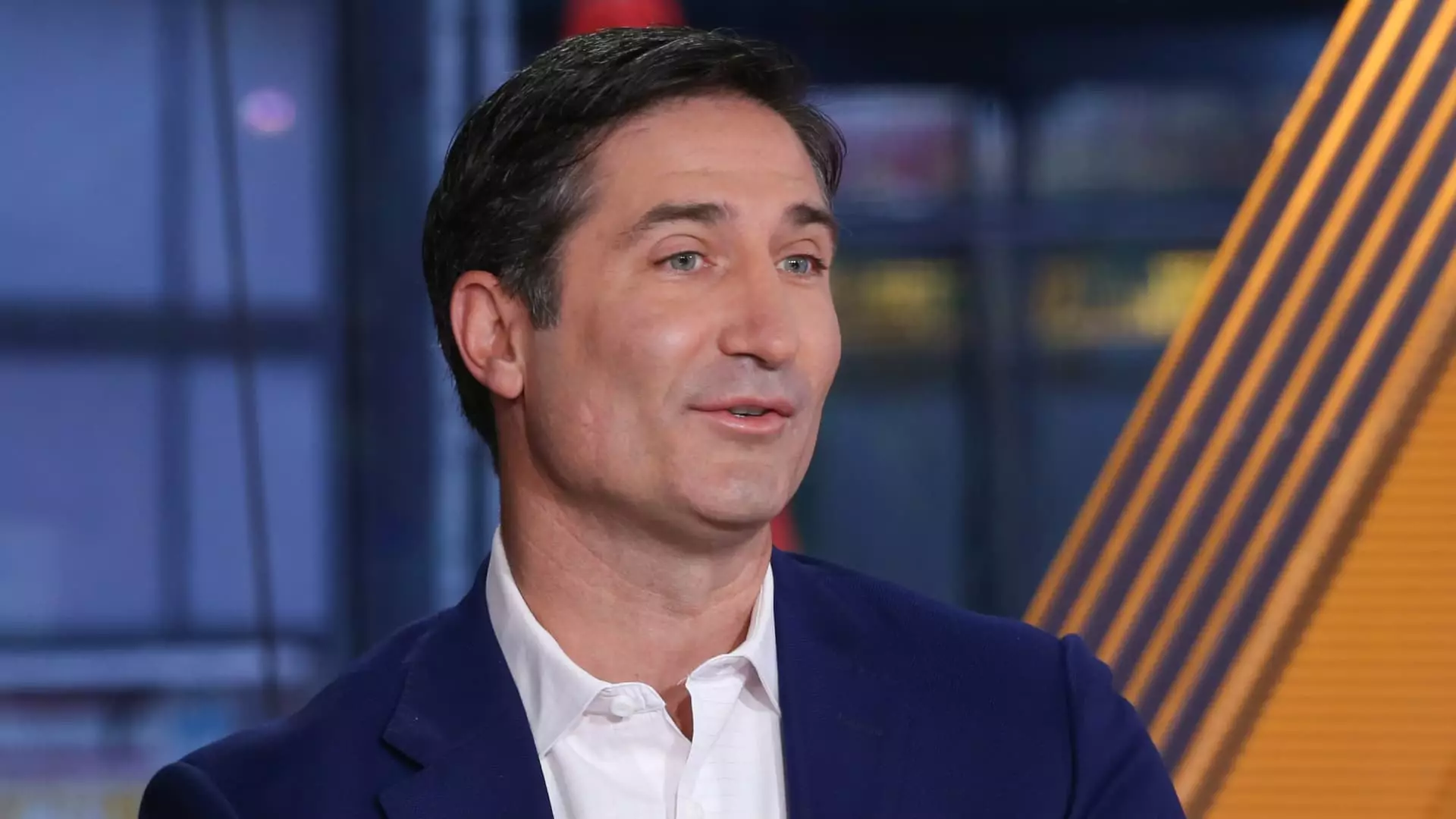Starbucks, the global coffee powerhouse, recently released its quarterly earnings report, revealing a mixed bag of results. While the company experienced a decline in same-store sales for the fourth consecutive quarter, its earnings and revenue managed to surpass Wall Street’s forecasts. In a market where coffee consumption is experiencing shifts due to increased competition and changing consumer preferences, these results highlight both the challenges and the ongoing strategic efforts of the company to revitalize its business, particularly in the U.S. market.
In the face of a turbulent economic landscape, Starbucks reported a net income of $780.8 million, translating to 69 cents per share. This is notably lower than the $1.02 billion, or 90 cents per share, reported in the same quarter the previous year. However, it’s crucial to note that the company’s quarterly revenue reached $9.4 billion, which remained unchanged from the year prior but exceeded the anticipated $9.31 billion by analysts. This indicates that while same-store sales have struggled, there is still robust underlying demand for Starbucks products that could potentially be harnessed more effectively through strategic changes.
Under the leadership of CEO Brian Niccol, who assumed his role in September, Starbucks has initiated a comprehensive turnaround plan aimed at reinvigorating its U.S. operations. Niccol has placed a strong emphasis on “returning to Starbucks,” a strategy that seeks to enhance both the coffee offerings and the overall customer experience at stores. In a recent communication, Niccol expressed optimism, stating, “While we have room for improvement, we’re making progress as planned, and have confidence we’re on the right track.” His sentiment reflects a commitment to rejuvenate the brand amidst current headwinds.
To jumpstart this turnaround, the company has enacted several key operational changes. Notably, Starbucks has eliminated extra charges for non-dairy milk alternatives—a move that has resonated positively with consumers who are increasingly seeking plant-based options. Additionally, the company is overhauling its menu and intensifying its marketing focus on coffee, which has historically been its core product. These changes are intended not only to attract lapsed customers but also to engage a new generation of coffee drinkers who prioritize quality and value.
Starbucks’ recent report highlighted a 4% decrease in same-store sales, substantiated by a marked 6% decline in customer traffic across its locations. Wall Street analysts had anticipated an even steeper decline of 5.5%, positioning Starbucks slightly better than expectations. The situation was more pronounced in the U.S. market, where same-store sales also fell by 4%, coupled with an 8% drop in foot traffic to its cafés. This trend reflects broader challenges in consumer retail behavior and suggests that capturing customer attention is becoming increasingly challenging.
Internationally, the performance mirrored struggles seen domestically, with same-store sales in China—one of Starbucks’ most important markets—dropping by 6%. This downturn can largely be attributed to increasing competition from local brands that offer lower pricing, such as Luckin Coffee, forcing Starbucks to adopt more promotional strategies in order to maintain its market share. Such discounting tactics, however, raise questions about the long-term sustainability of its premium pricing model.
Looking forward, Starbucks has decided to pause its financial forecasts through fiscal year 2025 while it implements its turnaround plan. Part of this initiative includes scaling back the number of new store openings and renovations, directing capital towards strategies that could drive long-term growth. This proactive approach indicates a shift in the company’s focus from aggressive expansion towards a model more centered on operational excellence and customer satisfaction.
In line with its focus on restructuring, Starbucks has announced changes at the executive level, including splitting the North American president role into two positions. This change, along with recent hires from Taco Bell, signifies a strategic realignment aimed at bringing fresh perspectives into the company. Additionally, news of upcoming layoffs indicates a tough but necessary move to realign the workforce with current business needs, although specific details remain undisclosed.
In summation, while Starbucks faces undeniable challenges in sales and market competition, its proactive turnaround strategies under new leadership are poised to reshape its trajectory. The coming months will be crucial for the coffee giant as it seeks to recover its influential position in the industry and cater effectively to evolving consumer expectations.

